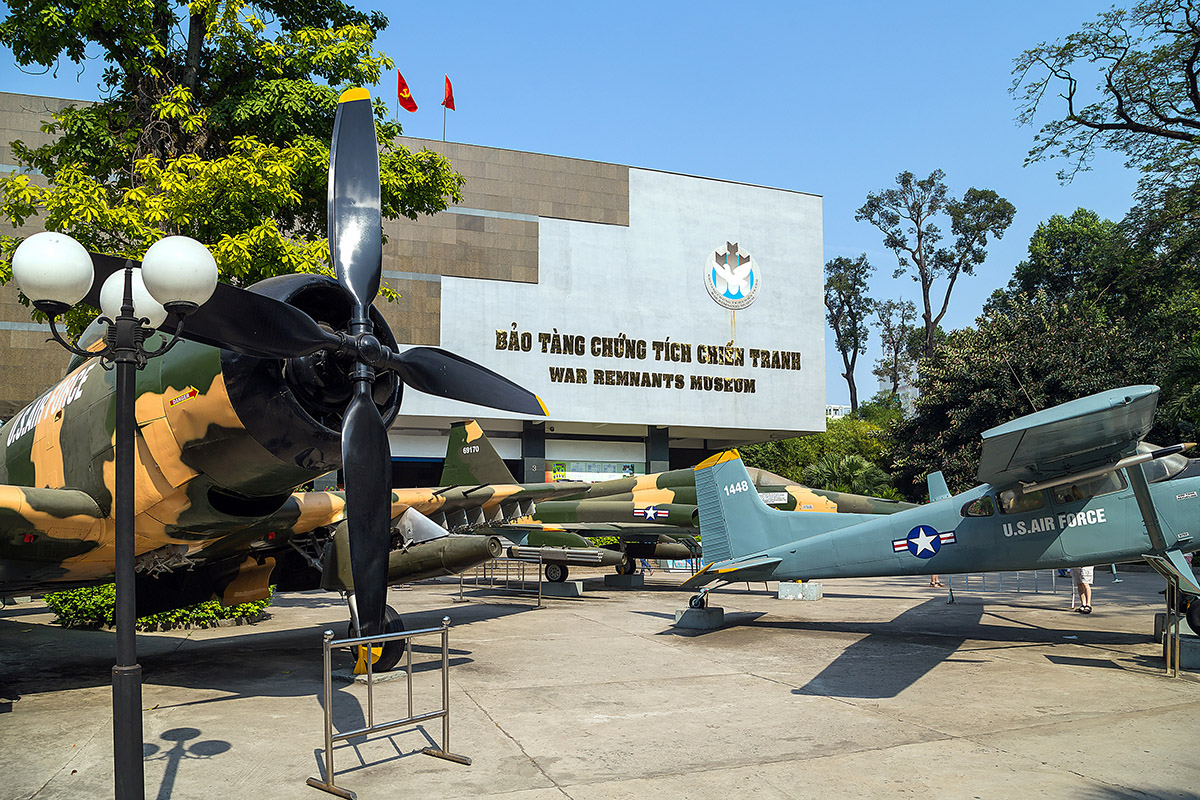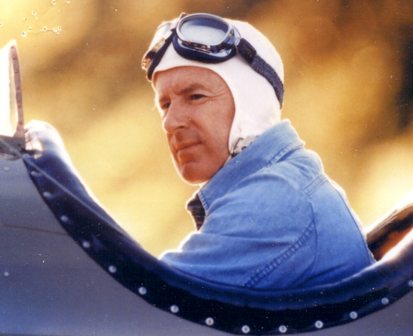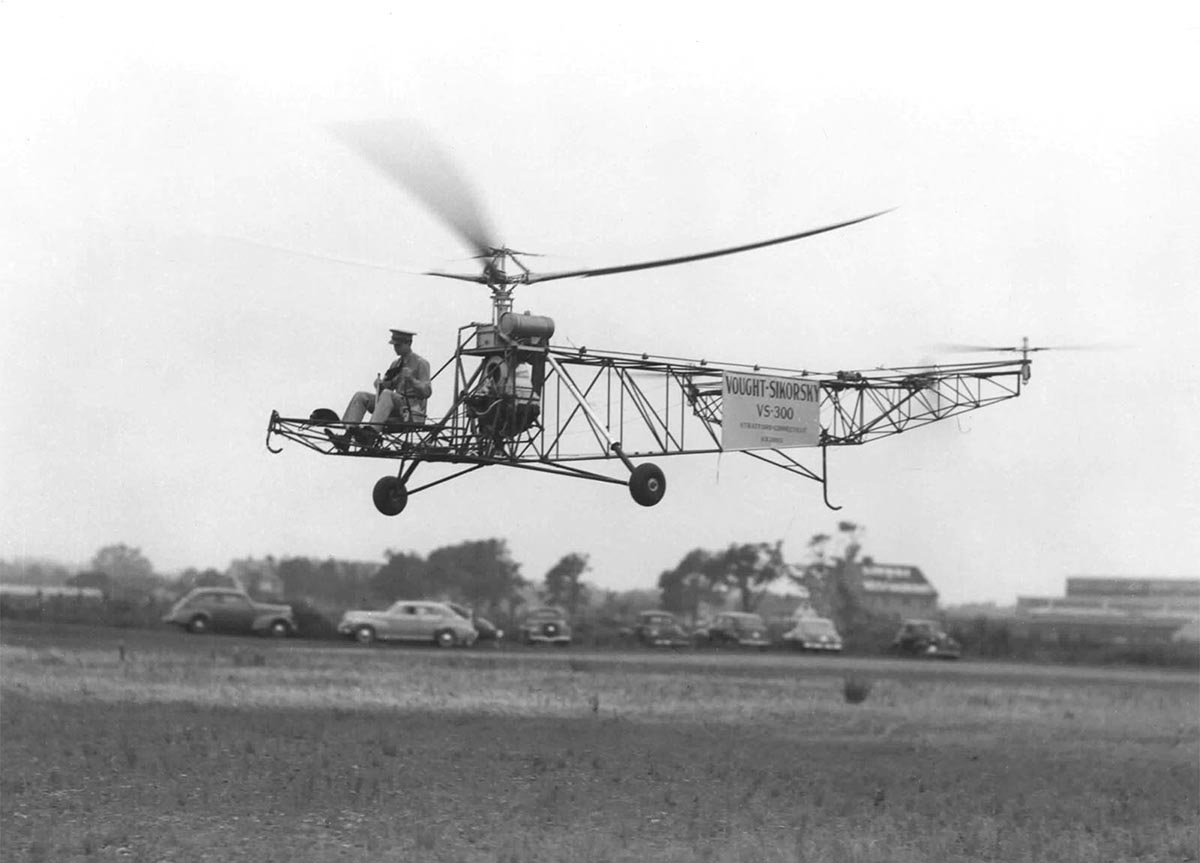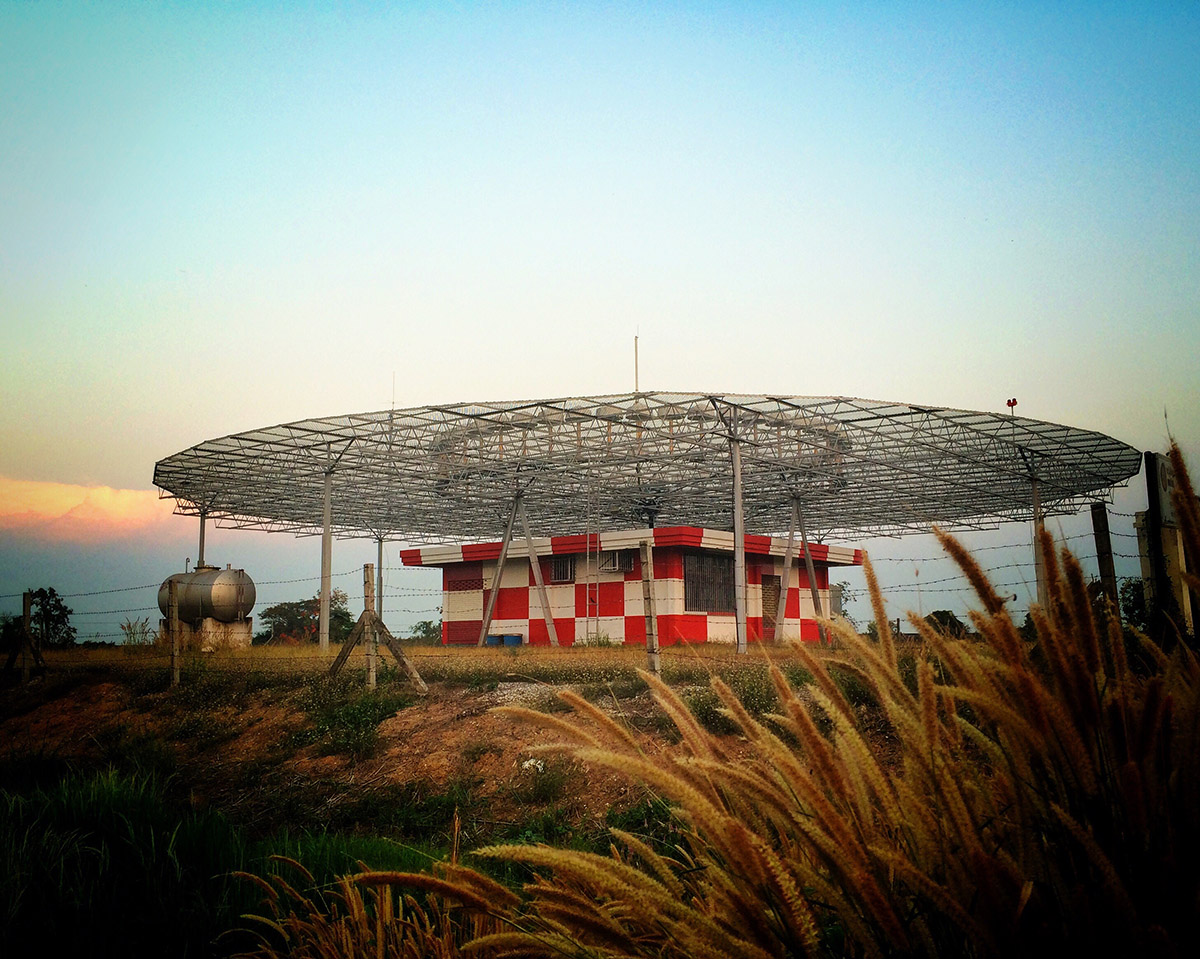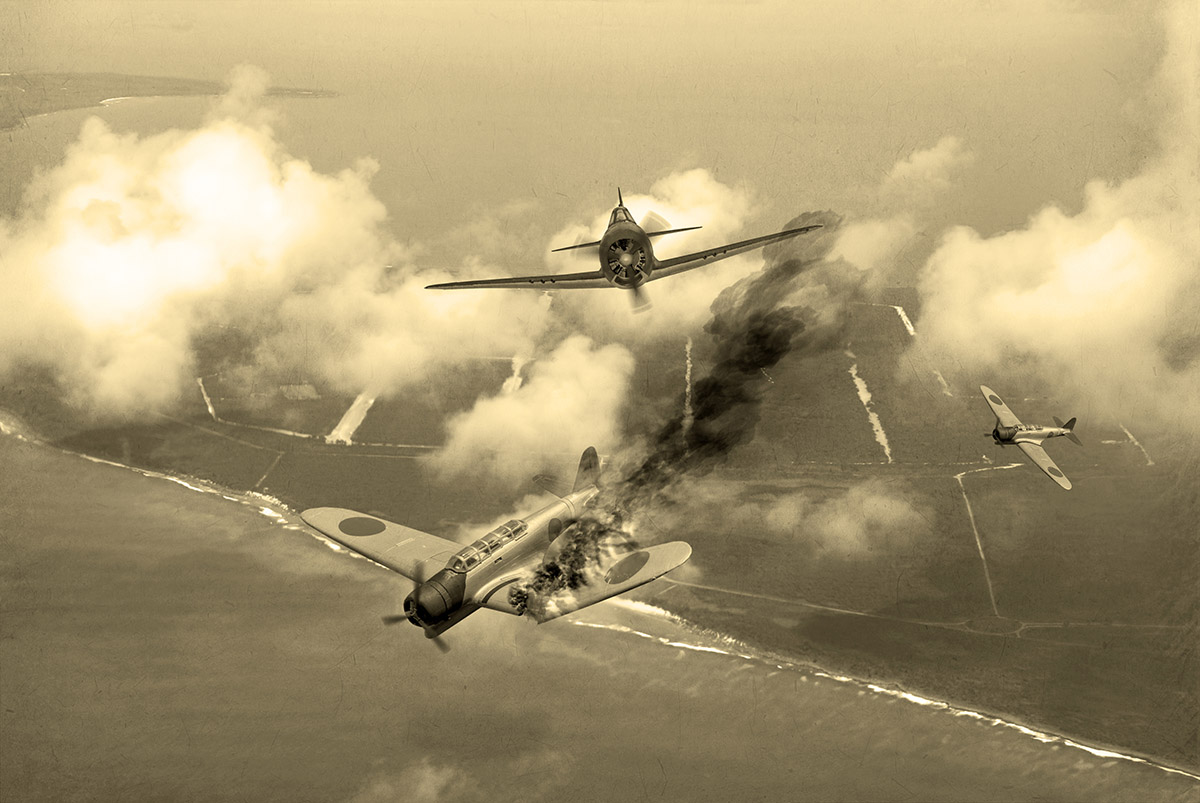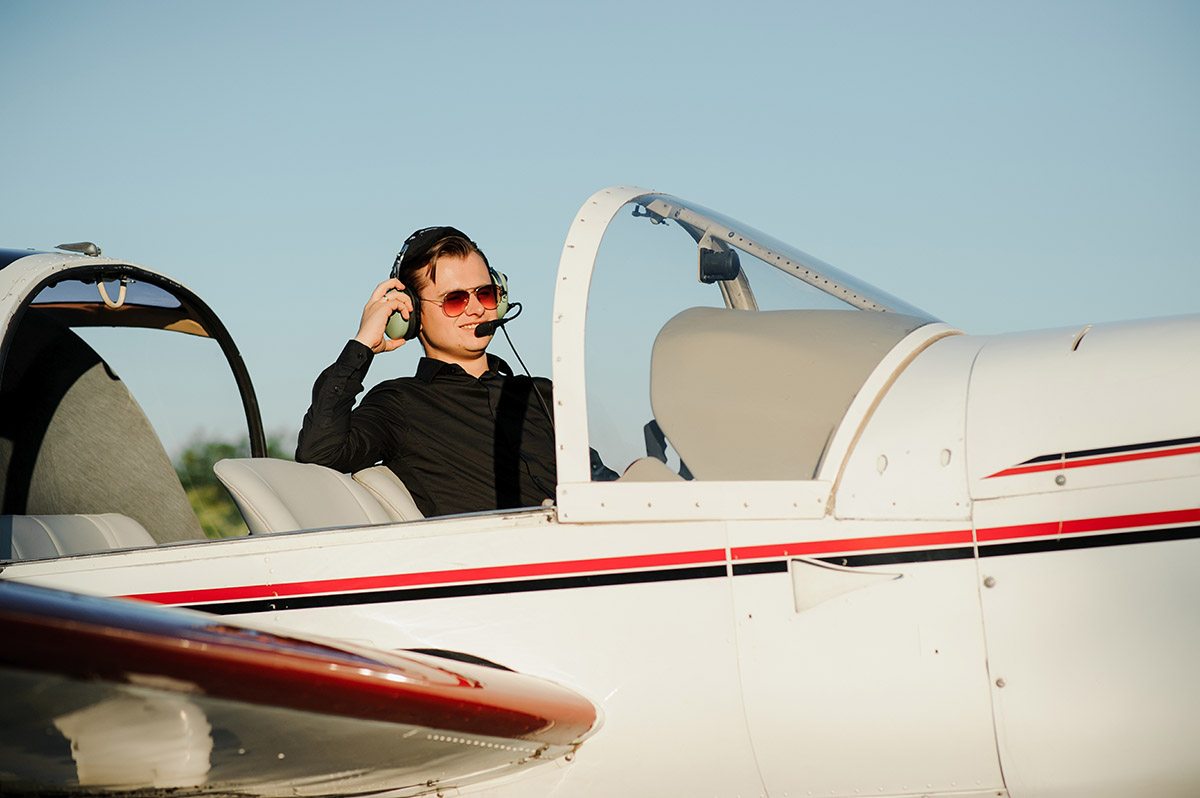The Vietnam War witnessed intense clashes between US and Vietnamese aircraft (predominantly MiG series produced by the Soviet Union). These planes played an important role in the aerial battles and bombing raids, shaping the course of the war.
Though the war itself belongs to history, the enduring legacy of these Vietnam War fighter jets remains. In this article, we delve into the world of planes used in Vietnam, exploring their unique capabilities and lasting impact on the old era.
In this article:
Vietnam War Airplanes Used: Top 10 Exceptional Warbirds
The Vietnam War became a fierce battlefield of ferocious American aircraft, such as the Douglas A-4 Skyhawk, Republic F-105 Thunderchief, or Northrop F-5 Tiger II. Meanwhile, the Vietnamese Air Force received great support from the Soviet Union, using MiG planes, from the oldest to the most advanced models at that time.
1. Douglas A-4 Skyhawk
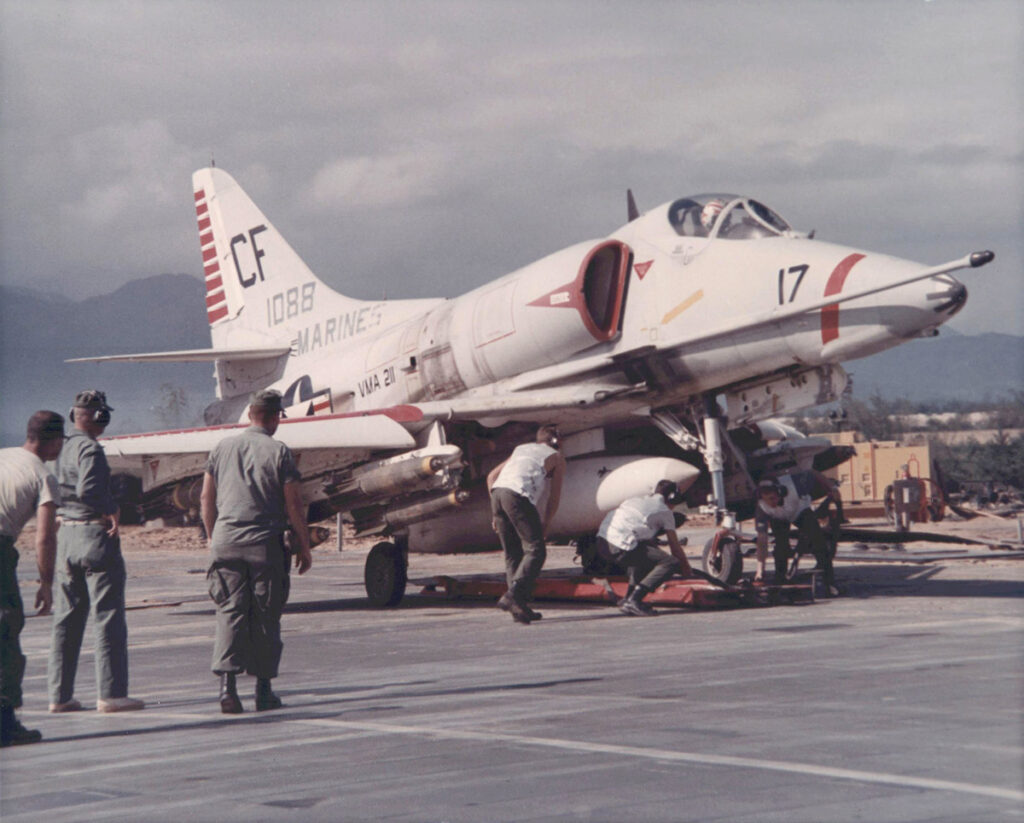
This Douglas aircraft served as the primary weapon of the Navy and Marine Corps in numerous battles. It undertook aerial missions during the Vietnam War, Yom Kippur (Israel), and Falkland (Argentina).
The A-4 Skyhawk was a light fighter with a compact design for its time, measuring 40 ft 1.5 inches with a maximum takeoff weight of 24,500 pounds. Powered by a single turbofan engine – the Pratt & Whitney J52-P-6A, it boasted a top speed of 673 mph.
It had an impressive range of 1,160 miles and was compatible with various missiles, bombs, and ammunition. Notably, it was equipped with Colt MK 12 cannons and AIM-9 Sidewinder missiles. Additionally, the A-4 Skyhawk pioneered the concept of “air-to-air refueling.” In simple terms, it could fuel other aircraft, reducing the need for dedicated tankers.
2. Mikoyan-Gurevich MiG-15
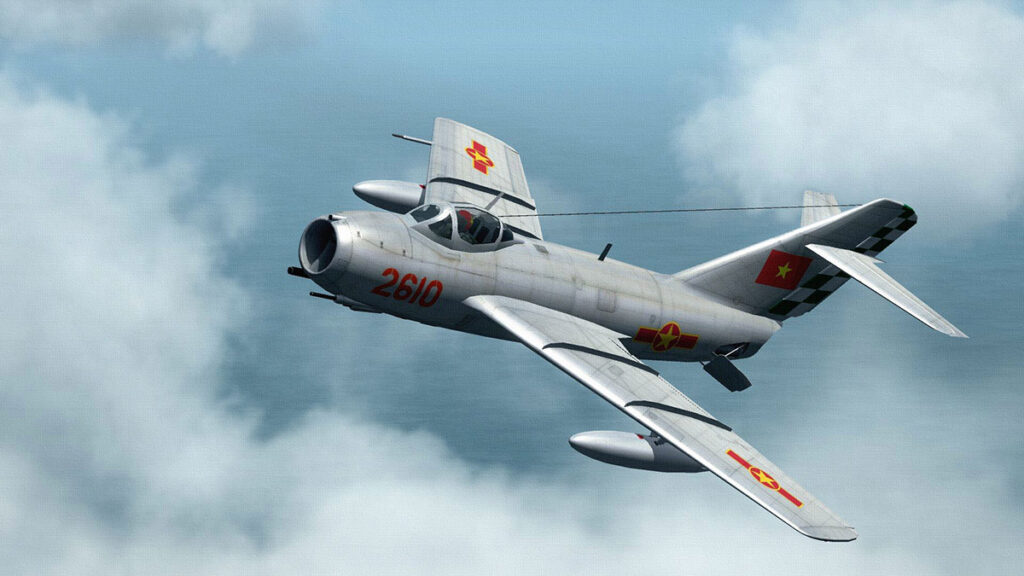
MiG-15 was a first-generation Vietnam fighter jet of the MiG series produced by the Soviet Union. It boasts a compact design, measuring 33 ft 1 inch in length. However, its speed capabilities were not particularly noteworthy, maintaining an average of 530 mph and maxing out at 669 mph. Each unit had a 37 mm Nutelman N-37 autocannon and two 23 mm Snakelman-Rikhter NR-23 autocannon.
It emerged as a formidable eagle in the Korean skies in its early days, challenging all Western straight-wing planes. It could even defeat the most modern North American F-86 Sabre of its time. Based on these glorious achievements, the MiG-15 held a record as one of the most-produced aircraft models, with more than 13,000 units.
Its primary role was not in active combat during the North Vietnam War. Instead, it served as a trainer aircraft for the North Vietnamese Air Force, helping their pilots familiarize themselves with a series of fighter jets donated by the Soviet Union.
3. LTV A-7 Corsair II
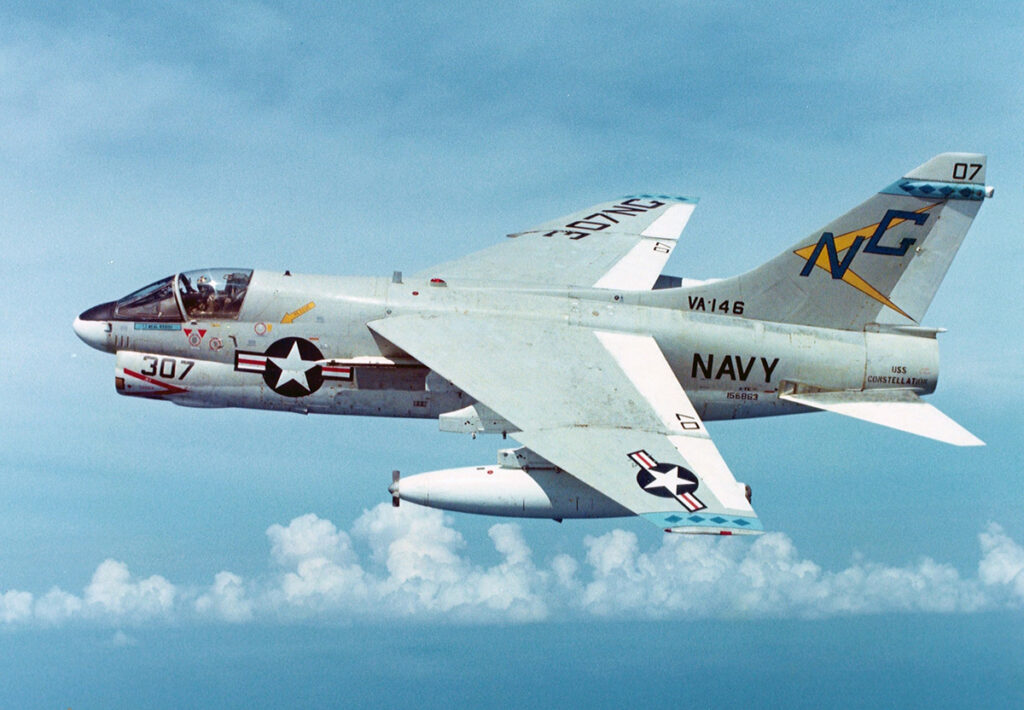
The A-7 Corsair II was developed to replace the A-4 Skyhawk aircraft used in the Vietnam War according to the US Navy’s demands. Compared to its predecessor, it achieved a nearly 3x range, reaching up to 3,044 miles. It was also longer (46 ft 1 inch) and came with an M61A1 20mm rapid-fire gun.
Unfortunately, it failed to catch up with the Skyhawks regarding speed. Equipped with the Allison TF41 turbofan engine, this aircraft cruised at 545 mph on average, topping at 663 mph.
The Corsair II aimed to strike at closer ranges than other light subsonic aircraft. Designed based on the legendary Vought F-8 Crusader, it stood out as the first fighter aircraft with advanced features, such as an inertial navigation tool and a forward-facing information display system.
The Corsair first debuted during the final stages of the Vietnam War in 1968. Its exceptional attack capabilities quickly attracted the attention of governments worldwide. Hence, it was exported to many countries, including Greece (1970s) and Portugal (1980s).
4. Mikoyan-Gurevich MiG-17
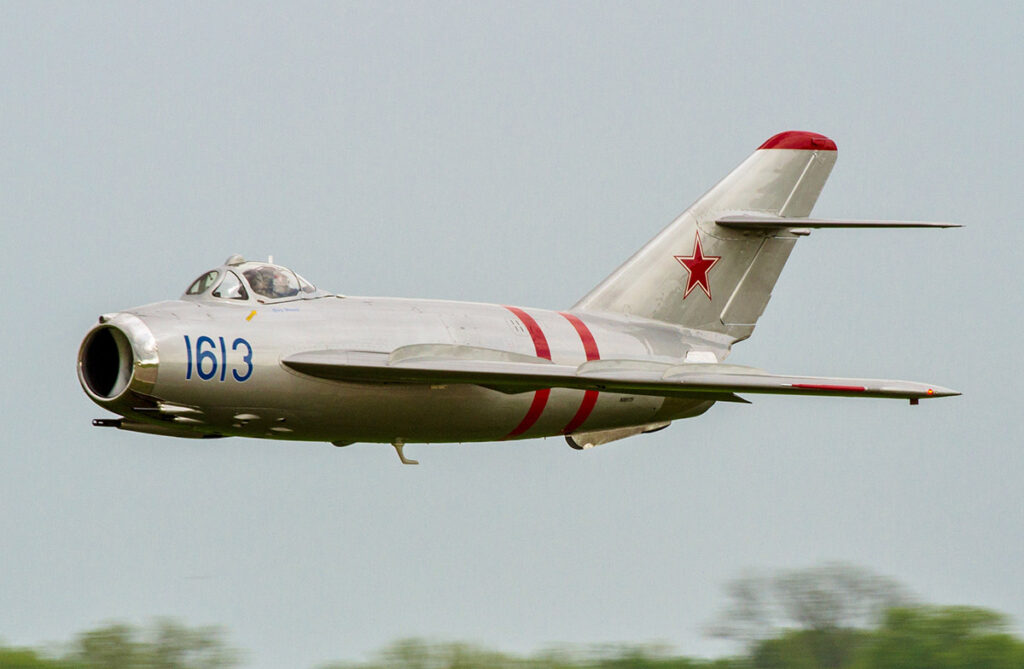
Based on its predecessor, the MiG-15, the MiG-17 was an upgraded version in speed and firepower to serve the Vietnamese Army. It could reach a top speed of 680 mph and cover a range of 1,260 miles. Notably, its wings were swept back at 45° near the fuselage. Another visible difference was the increased length to 36 ft 11 in and the inclusion of a third boundary fence on each wing.
The other features remained the same as those of the MiG-15, including the Klimov VK-1 engine, front fuselage, and gun installation. In other words, the MiG-17 also came with a dual 23 mm Snakelman-Rikhter NR-23 and one 37 mm Nutelman N-37 automatic cannon. However, it incorporated two UB-16-57 missiles and bombs into its arsenal.
During the Vietnam War, the MiG-17 became the main fighter within the Vietnamese People’s Army. It brought significant victories against American aircraft. It contributed to the acquisition of control over areas in Thanh Hoa and the final success of the North Vietnamese Air Force.
5. McDonnell Douglas F-4 Phantom II
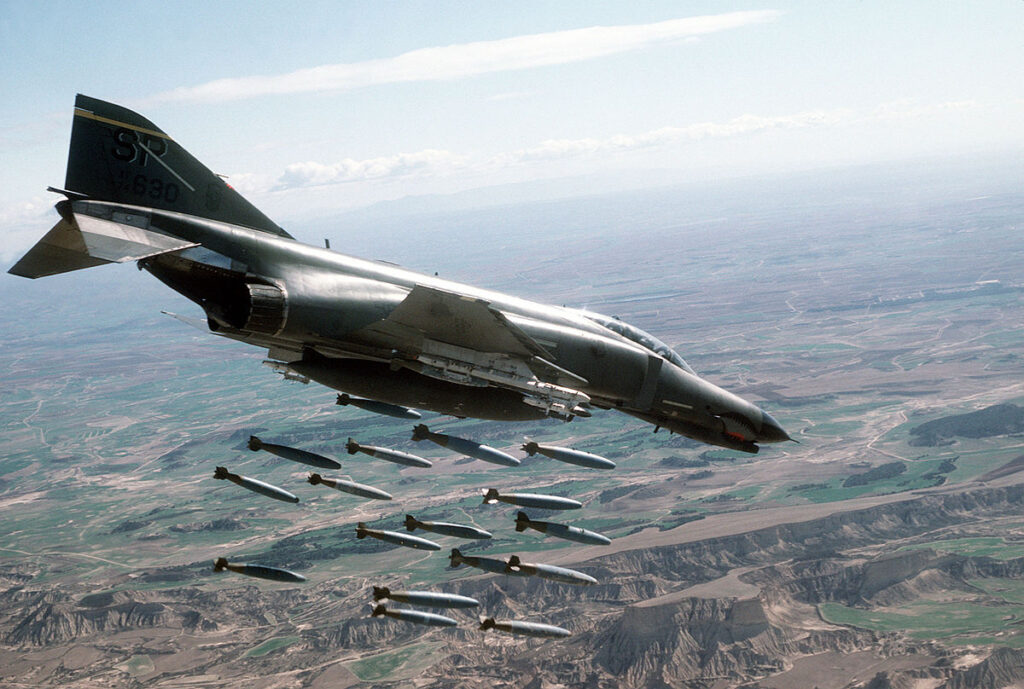
The F-4 Phantom II gained widespread recognition as a famous long-range supersonic fighter during the Vietnam War. Its confrontation with the MiG-21 resulted in intense dogfights where both sides claimed certain advantages.
While the exact losses and destruction rates remain unknown, this “iron bird” proved to be a formidable adversary. It became the ace of the United States Air Force, Marine Corps, and Navy during the war.
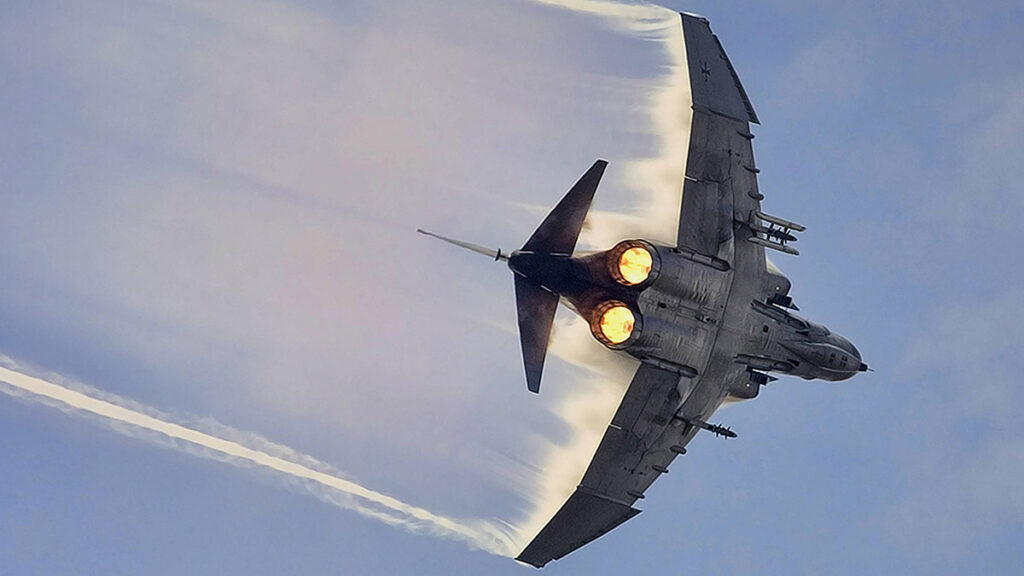
The Douglas F-4 Phantom II boasted a length of 63 feet and weighed more than 30,000 pounds when empty and over 61,000 pounds when taking off. One of its competitive edges was its impressive speed and modern radar. It operated at an average speed of 580 mph and achieved a top speed of 1711 mph.
6. Mikoyan-Gurevich MiG-19
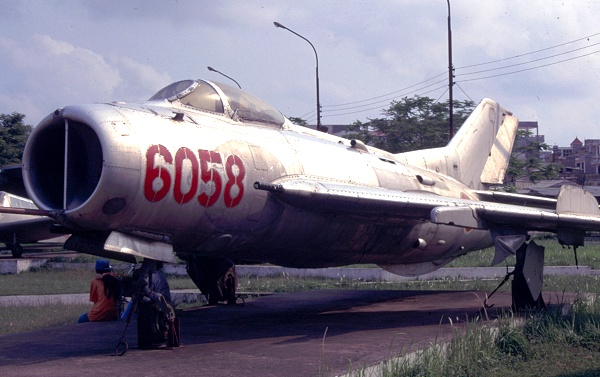
The MiG-19, a Soviet aircraft, provided valuable support to the Vietnamese military, bolstering their air defense capabilities. Compared to its two predecessors, this model entered the war later but played a significant role in safeguarding the northern airspace, shooting down 13 aircraft from 1965 to 1972.
It rivaled the iconic aircraft of the United States Air Force due to its powerful armament, including three 30 mm Nudelman-Rikhter NR-30 autocannons, two 32-round ORO-57K rockets pods, and two FAB-250s.
Despite being equipped with two Tumansky RD-9B afterburning turbojet engines, the MiG-19 featured a short range compared to its competitors. Consequently, it lost some of its advantage when chasing American pilots. On the bright side, these obstacles have paved the way for great improvements in the subsequent MiG-21 version.
7. Republic F-105 Thunderchief
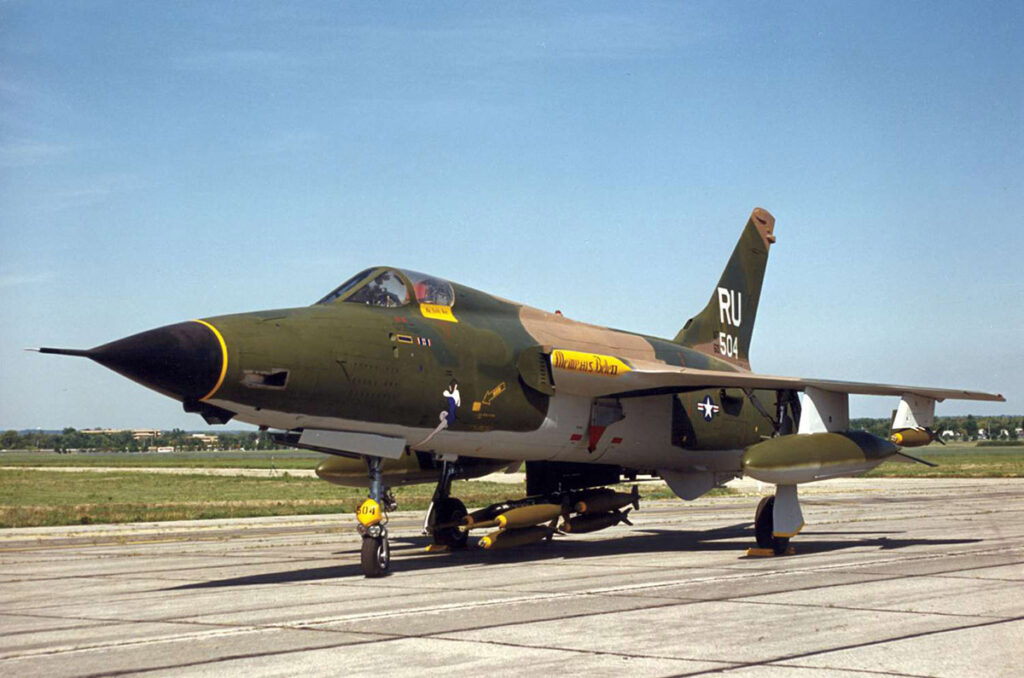
The F-105 Thunderchief, first produced in 1958, was the most advanced bomber of the United States Air Force. It handled the majority of offensive bombing missions during the Vietnam War. Compared to the planes of the Vietnamese Army, it stood as a formidable giant due to its larger size, measuring 64 feet 4.75 inches in length.
Its interior design exhibited the Pratt & Whitney J75-P-19W engines, which achieved a top speed of up to 1,390 mph. The manufacturer left a single seat to optimize the bomb load. Its standard armament consisted of the M61A1 Vulcan 1×20 6-barrel Gatling gun, Sidewinder, and LAU-32/LAU-59 rockets. It was even capable of transporting nuclear weapons for low-altitude attacks against military targets.
However, the lack of flexibility turned the F-105 Thunderchief into a frequent prey of the Vietnamese army. The Vietnam People’s Air Force claimed to shoot down 14 aircraft in December 1966 alone.
8. Mikoyan-Gurevich MiG-21
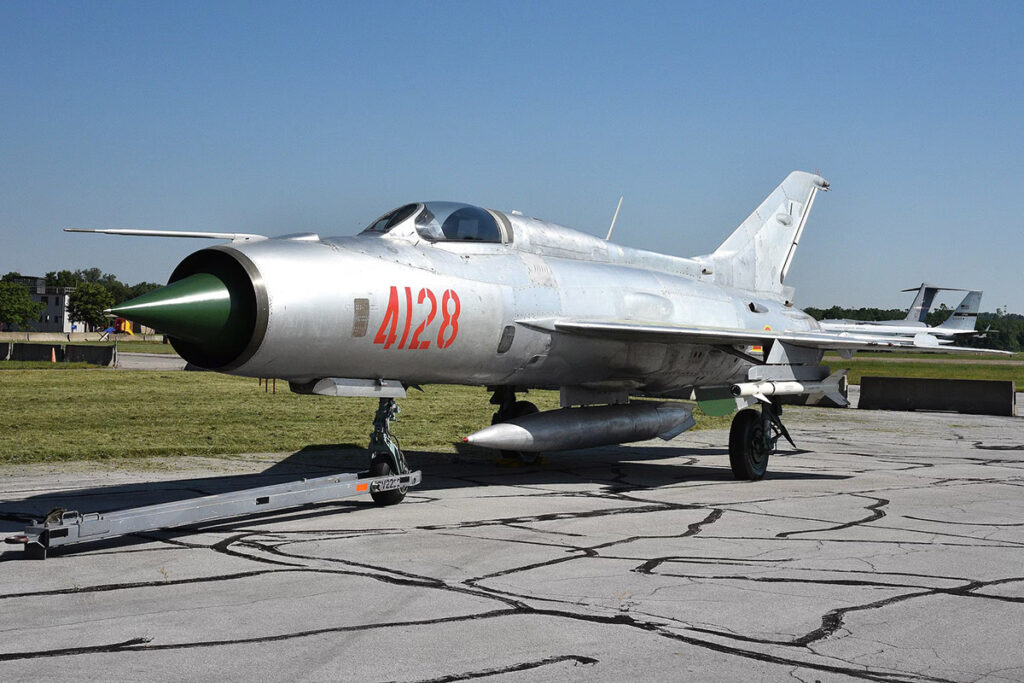
The MiG 21 was an advanced version to keep pace with the Phantom II and F-150 Thunderchief. It belonged to the 927th Fighter Regiment in Vietnam, where it became a dangerous weapon due to its exceptional maneuverability. The skilled pilots utilized it to kill thousands of American attack aircraft or, at the very least, force them to reduce their bomb load.
Its speed was on par with the F-4 Phantom as the Tumansky R-25-300 turbofan engine generated a maximum speed of 1,351 mph. At high altitude – its most advantageous condition, the exceptional firepower of a 23 mm Gryazev-Shipunov GSh-23L autocannon, four UB-16-57 rocket pods, and several missiles maximizes its effectiveness.
Beyond its role in Vietnam, this model provided India with an advantage during the final confrontation with Pakistan. Even after 50 years since its first flight, the MiG-21 is still in service in several countries.
9. Vought F-8 Crusader
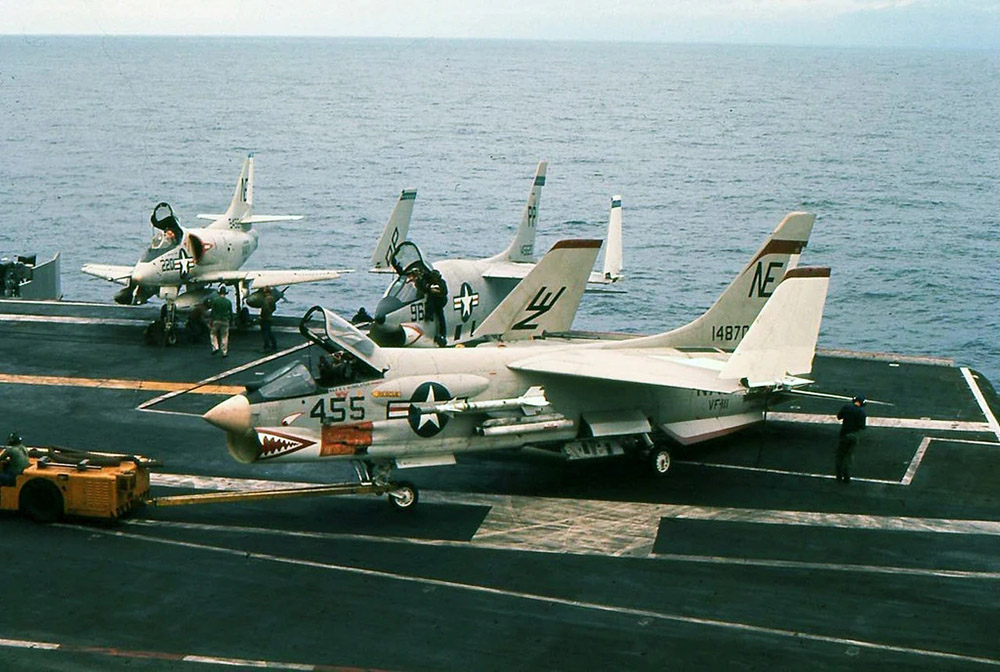
Dubbed “The Last of the Gunfighters,” the F-8 Crusader was the last single-engine gunfighter. It could carry a variety of missiles and rockets, such as LAU-10, Sidewinder, and the series of Mark bombs. Its flight operation marked a remarkable advance: a top speed of 1,227 mph and a combat range of 453 miles.
In March 1957, the F-8 Crusader entered service with the United States Navy. By April 1965, it participated in several combat operations against the Vietnam People’s Air Force. The F-8 Crusader later also joined the United States Marine Corps, Philippine Air Force, and French Navy.
10. Northrop F-5 Tiger II
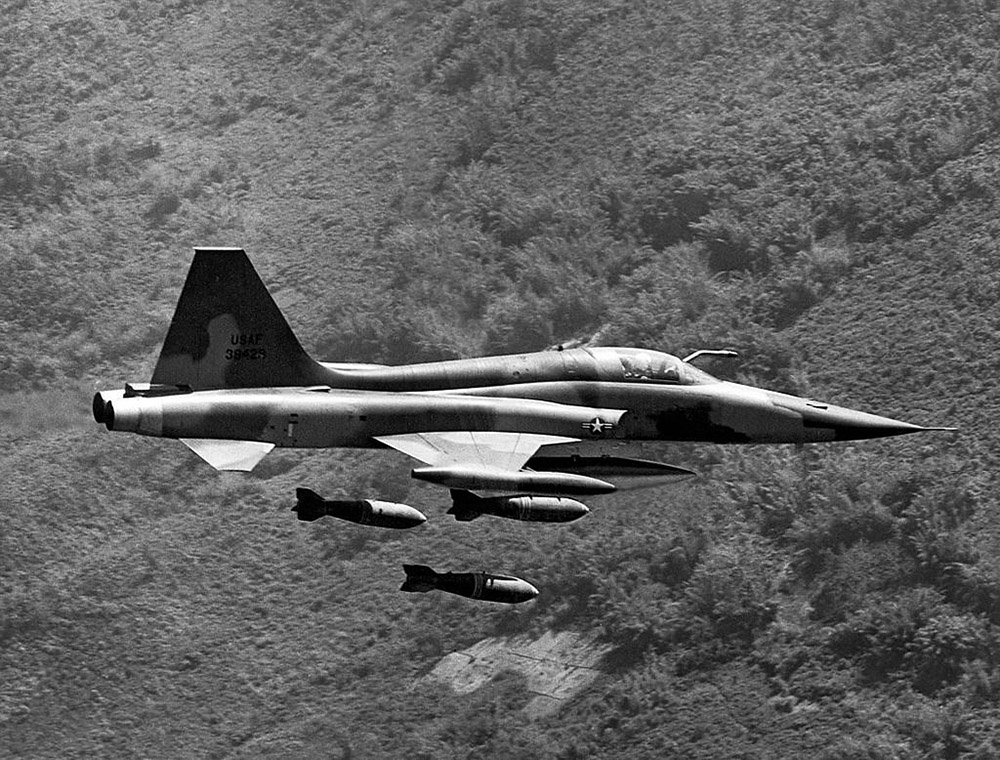
The F-5 Tiger II was praised as one of the most versatile supersonic fighters during the early stages of the war. It first belonged to the US Air Force, specifically the 3rd Tactical Fighter Squadron at Bien Hoa Base. Subsequently, several F-5s were dispatched to the Republic of Vietnam Air Force from April 1966 to April 1967. Following the fall of South Vietnam, some captured aircraft were transferred to the Soviet Union and Poland.
While the F-5 proved successful for the Allied Forces, it was not assigned to frontline American units. Instead, most of these models were utilized for training, such as impersonating enemy aircraft. They later became a role model for the development of modern planes such as the MiG-23MLD, RF-5 Tigereye, and MiG-29.
The F-5 Tiger measured 48 feet 2.25 inches in length and had a top speed of 1,080 mph. Its available armament included two M39A2 Revolver 20 mm cannons. Additionally, it could carry a variety of missiles and bombs, such as the Sidewinder, Mark 80 series, and Maverick.
See more:
Conclusion
The Vietnam War marked a significant era for military aviation, filled with fierce dogfights between two parties. However, beyond the technical aspects, those Vietnam War aircraft stand as powerful symbols of sacrifices, losses, and the enduring memories of those involved. When we look back, these machines recall a harsh period that represents both the evolution of warfare and the costs of military aggression.

